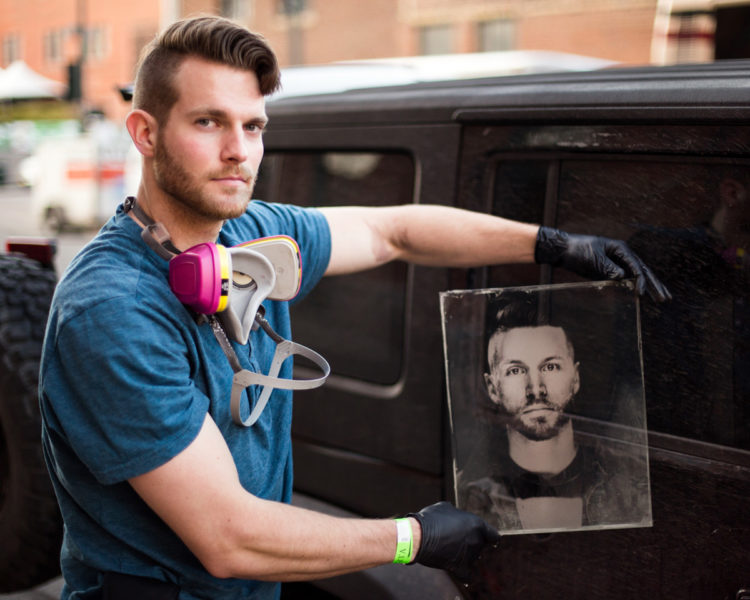
Wet Plate A Hundred And Sixty Six Year Old Photo Process
Number one question I get on a weekly basis.. What goes into a typical wet plate shoot? Well, I’m about to walk you through what wet plate collodion is, and what I do when I setup to shoot on location.
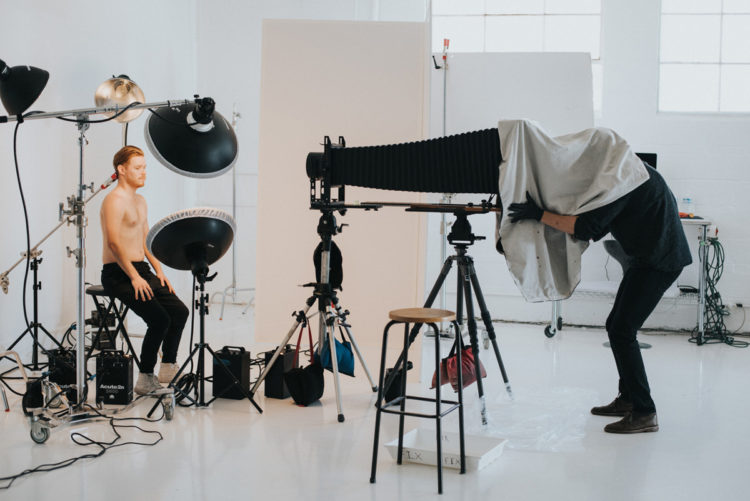
To create an image, I hand pour the emulsion (collodion) into a pool on a glass or black aluminum plate, then carefully move it around until its evenly coated. The excess is drained back into the bottle. Next, I lower the plate into a silver nitrate tank and let it sit in there for three minutes while the chemical reaction takes place. Once it is time to take the plate out of the tank, it has essentially turned into a sheet of extremely slow film.. In my mobile darkroom I place the plate into a custom holder so that it can then be loaded into a view camera and exposed.
After the plate is exposed, it is taken back to my darkroom where it is immediately developed and stopped with water. Once developed and stopped the image is no longer light sensitive and can be taken out of the darkroom into white light. The image now looks like a blue negative. The final chemical step is fixing the plate. This turns the image from a negative into the final positive form. Later on the plate is washed with water, dried, and varnished with shellac.
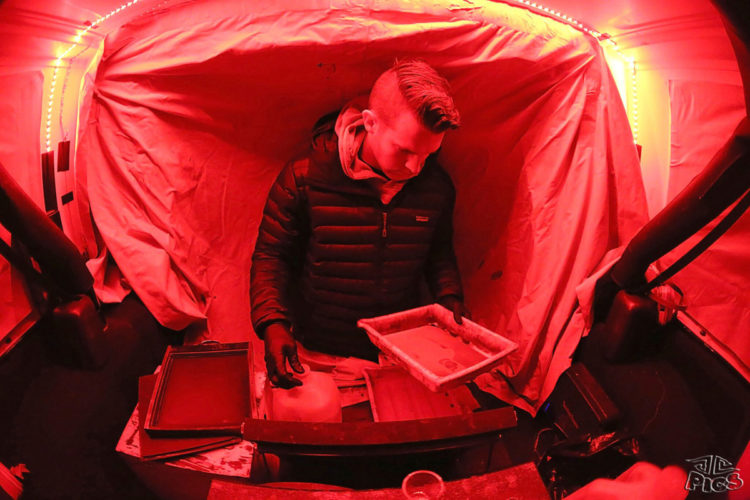
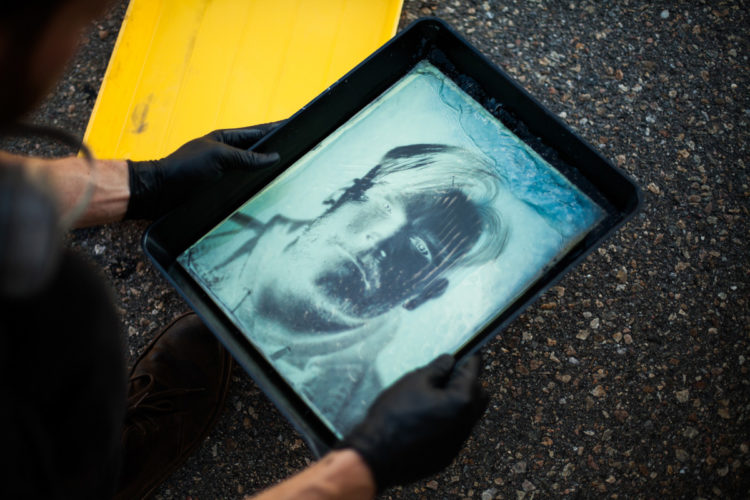
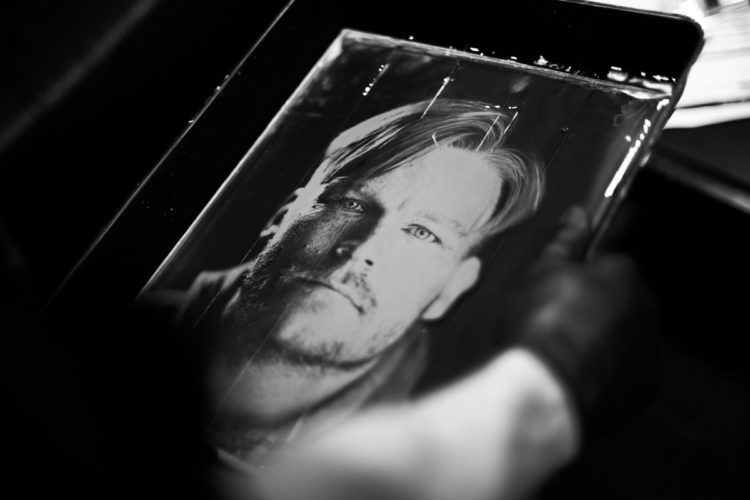
Okay, so now that I have filled you in on some of the technical aspects of how each plate is made, I will go through my setup for an on location shoot.
My most recent project, called “Stillwater,” is a documentary project that explores the heavy rock community through wet plate portraiture. Most of the time bands have very limited time when it comes to their schedule. So to create work for this project I meet bands at the venue to make their portraits. My car is loaded to the brim with strobes, stands, power packs, 11×14 view camera, beauty dishes, and some other miscellaneous equipment. I unload all of my equipment, and set it up in the venue.
Once it is set up I will go out to my car and then set up my mobile darkroom in the trunk of my car. This whole process usually takes me an hour and a half to two hours… After both of these are set up I can start to shoot. Each portrait takes me about 20 minutes per shot which includes the plate prep time. So there is no room for error… I only have time for one shot per person, so I have to be very mindful in each aspect of the process.
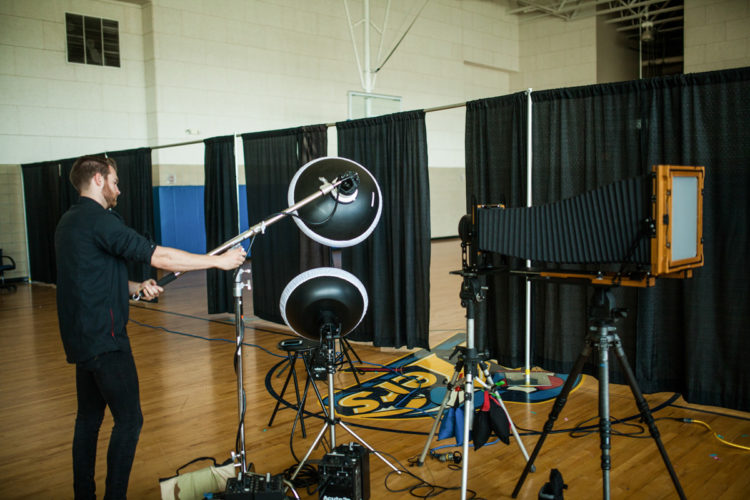
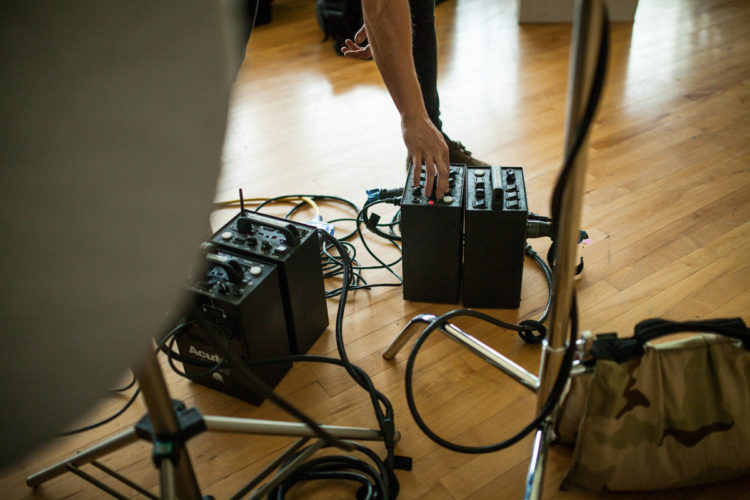
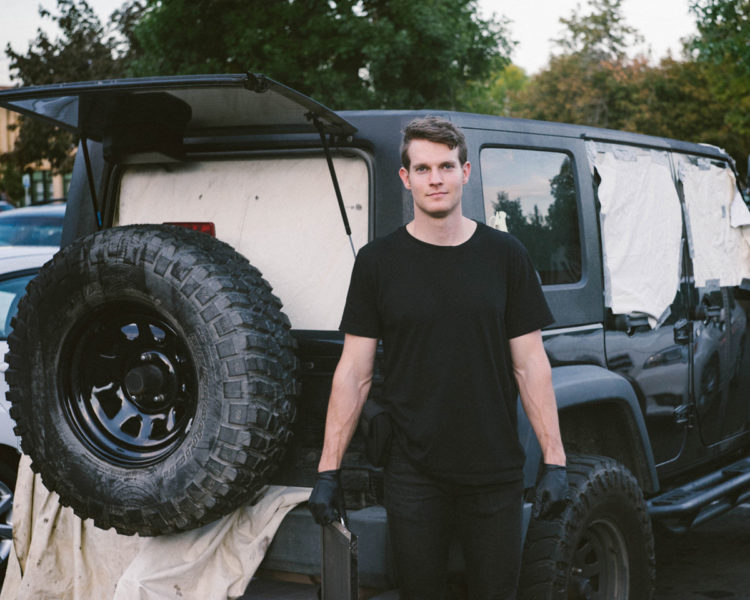
The number one issue that I ran into when I started this project was trying to figure out how to make these images without available light. I learned how to shoot wet plate with using the sun as my light source. However, most bands arrive later in the day and by the time I get set up, it’s dark outside. So, I implemented the use of strobes to make my exposure.
Wet plate is not that light sensitive; the working ISO is around .5 to 1, therefore you need A LOT of light. About 12,000ws for 11×14 plates, and 7,200ws For 8×10 plates. So my favorite tool to increase my output is the Profoto twin tube heads. This allows me to combine my 2,400ws Acute packs into one head with an output of 4,800ws. I am constantly changing my lighting setup. However, my most recent setup has been implementing two Profoto soft light silver beauty dishes for my key light, above and below my subject. As for the rim light I use a Profoto magnum reflector. These tools help me achieve the maximum power output that I need for my images.
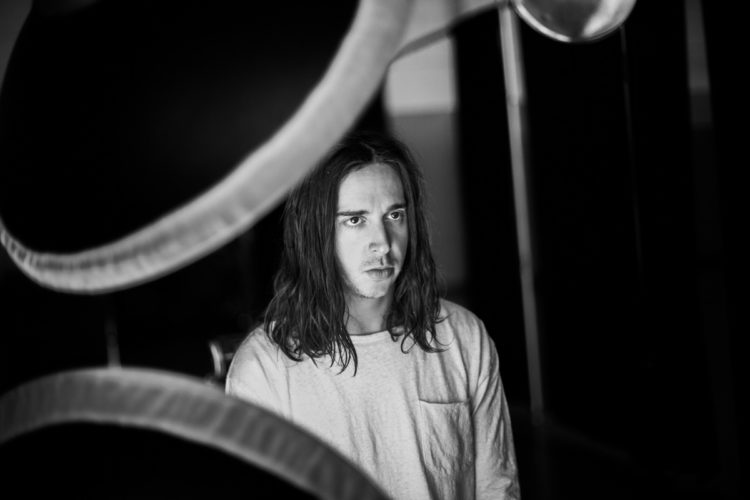

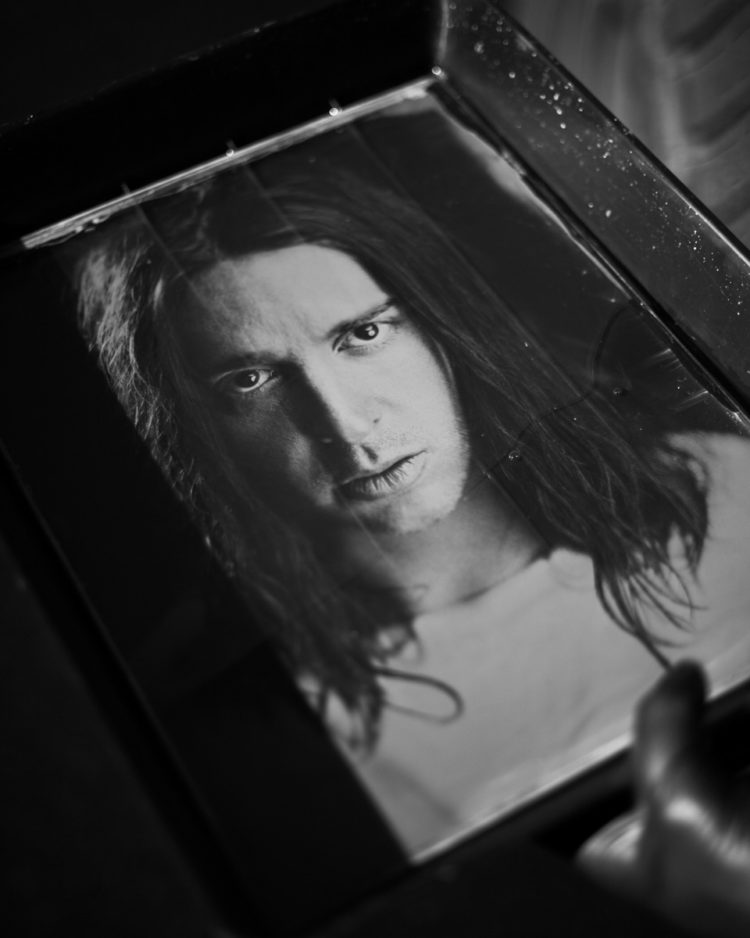
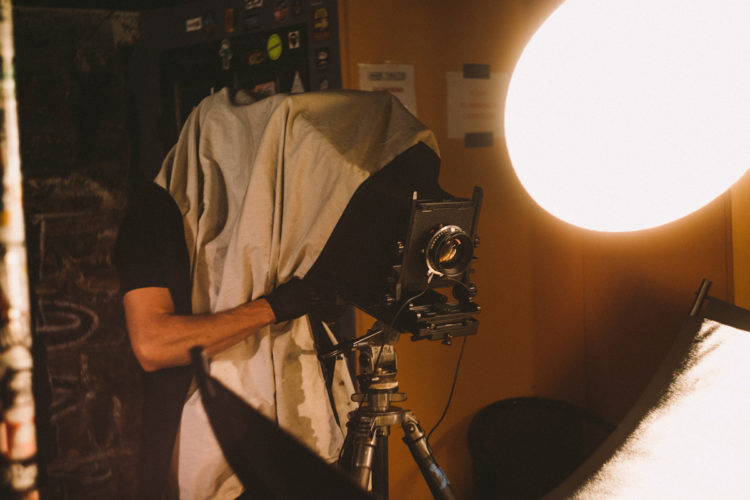
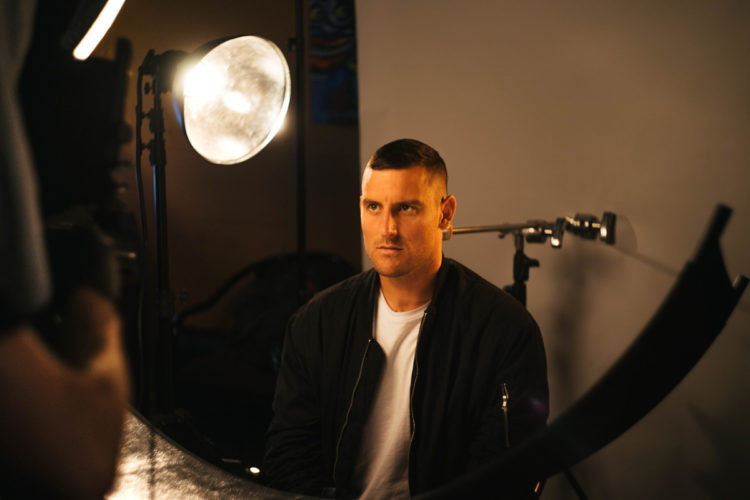
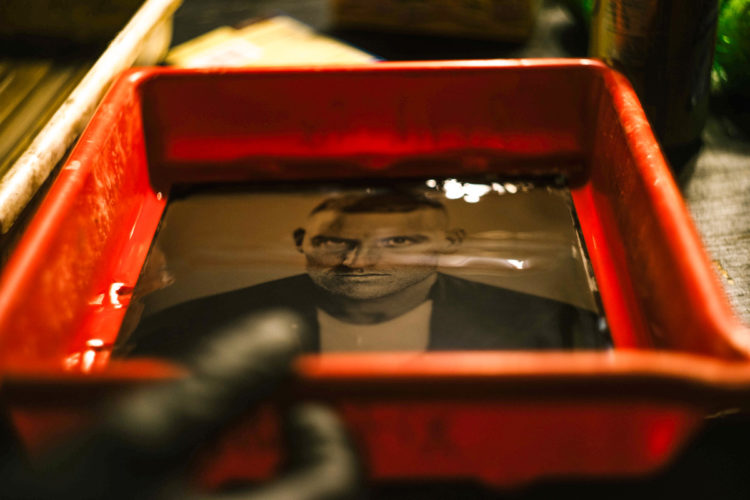
It has been a long journey from when I first started working in this medium to where I am now. I encourage people to try out wet plate for themselves. However, it is a long learning curve that requires patience… Just be prepared to make a lot of bummer plates before you make any good ones. That’s part of the fun of the process, and it’s that much more rewarding once you make a plate that you are proud of.
You can see more of Matthew’s work at MatthewDeFeo.com, and follow him on Instagram and Twitter.



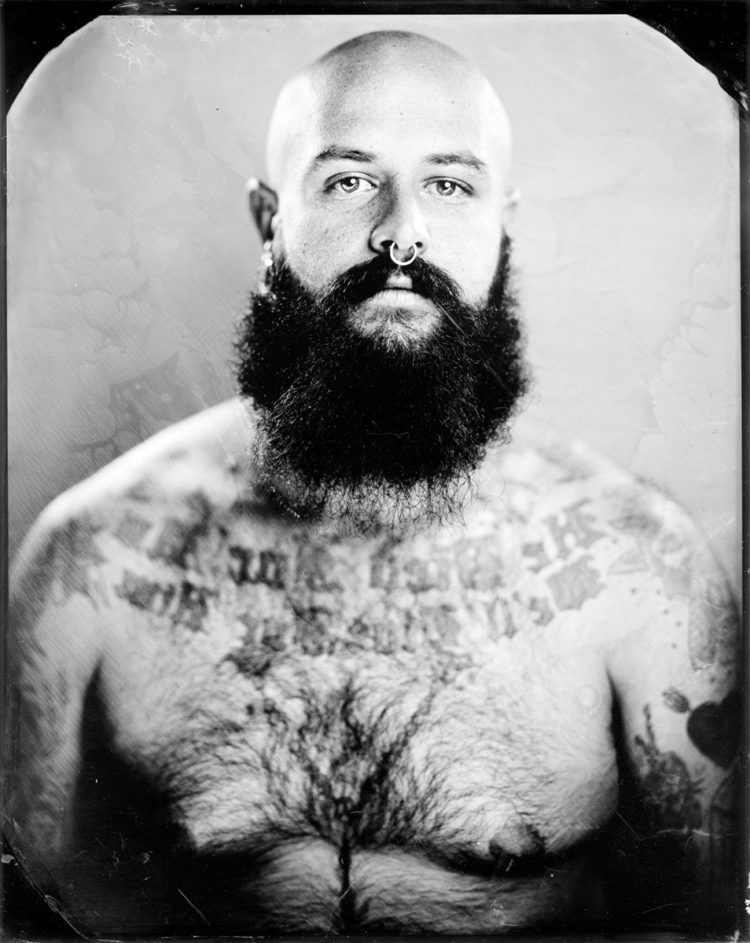
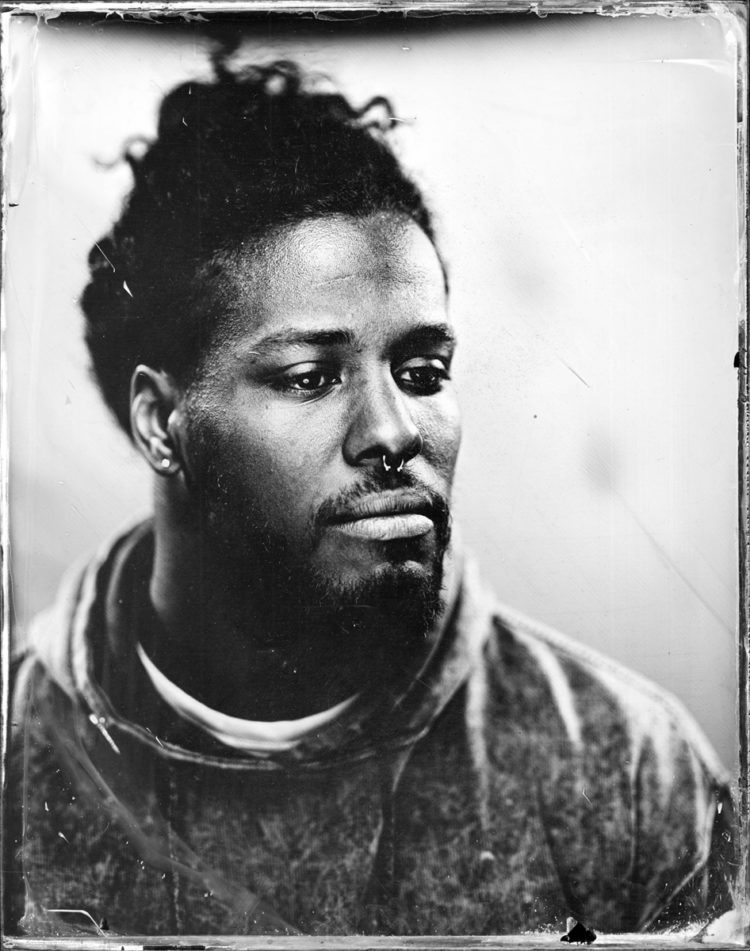
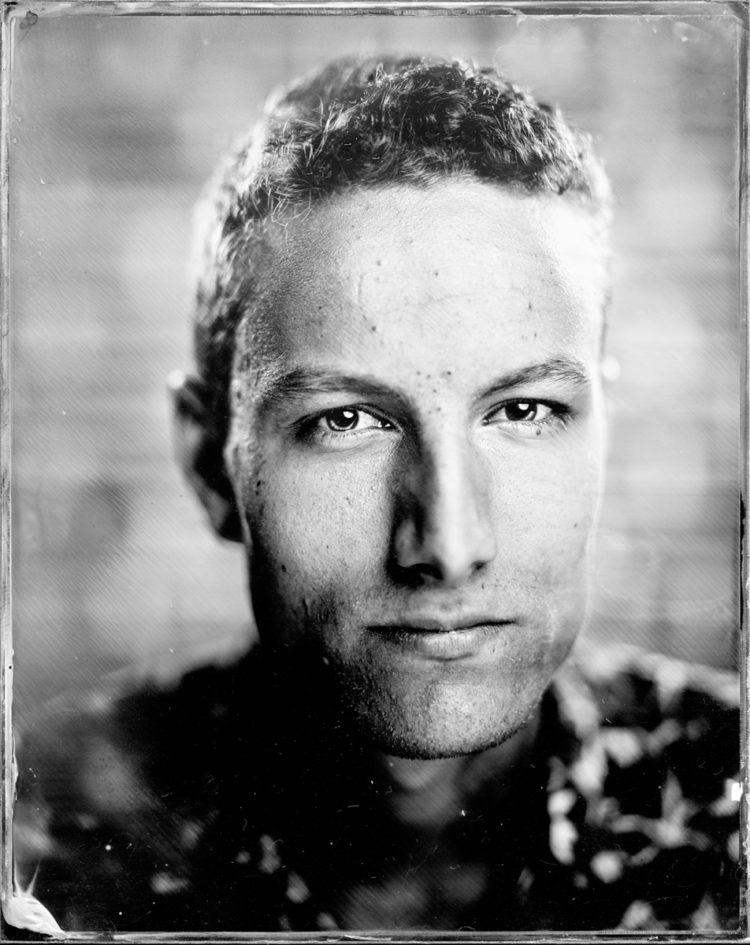
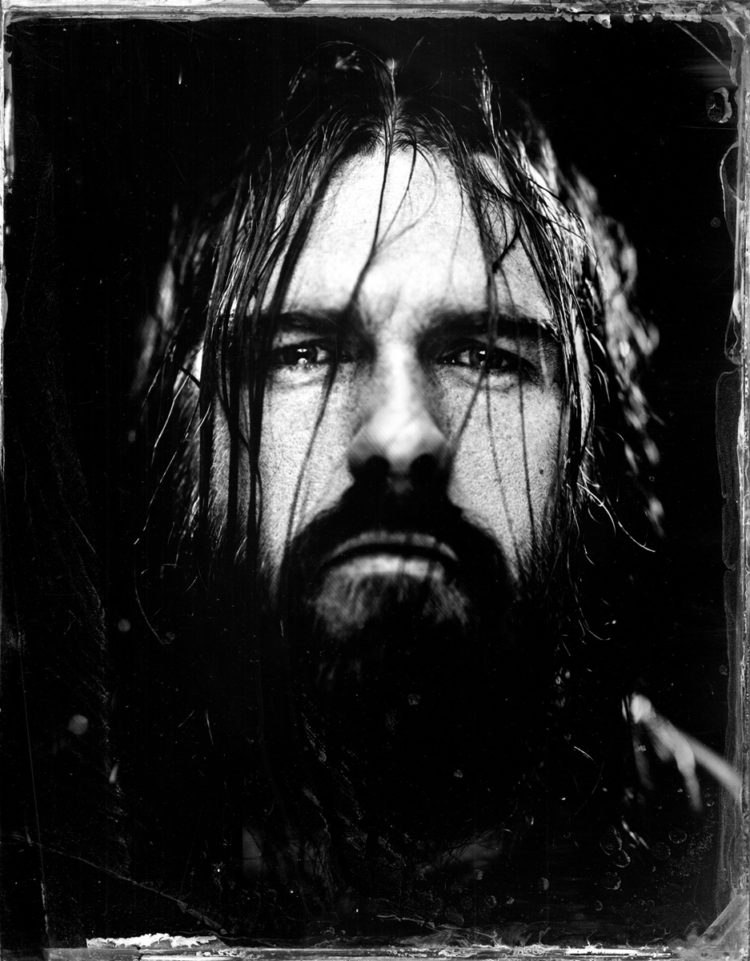
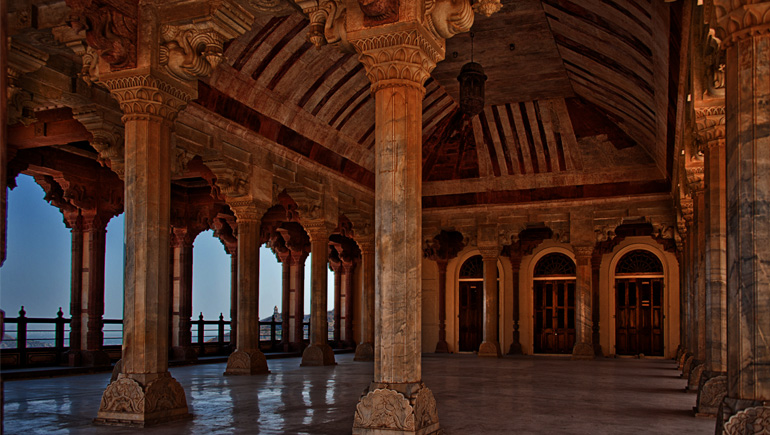
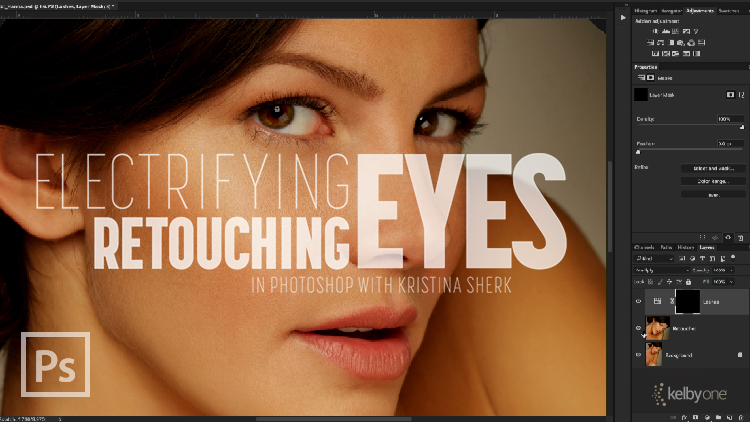
Matthew – that’s some great stuff seeing this process kept alive ! Beautiful results :)